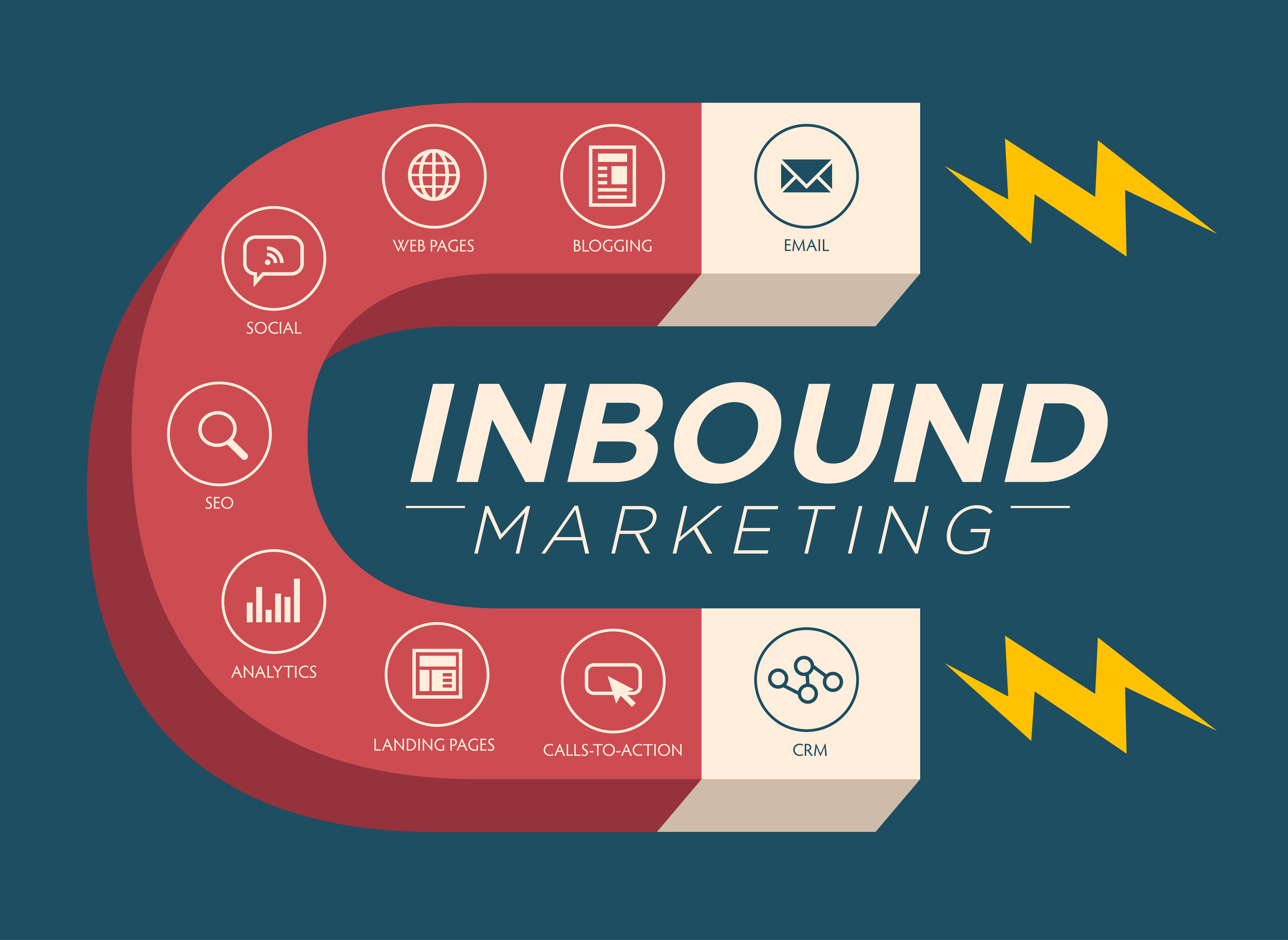There’s a reason that 71 percent of global marketers use inbound marketing as their primary strategy. It’s because it works.
The inbound marketing process flips the script on traditional outbound marketing; it smashes the outdated notion that you need to go to your customers, and instead, creates a marketing system where customers come to you.
It’s a cutting-edge form of digital marketing that leverages every one of your digital assets: Website, social media, content library, paid ads, SEO, and more. As you can guess, there’s a lot that goes into it, which is why we’ve developed a comprehensive three step plan that outlines our process.
1. Discovery and Planning
This essential first step tells us everything we need to know about your business and how to create an inbound strategy unique to your brand. We’ll work with you to refine your brand identity, develop buyer personas for segmentation, and even review competitors to see what other strategies are effective for your niche. We’ll also perform a detailed audit of your existing content to improve your SEO profile and better define your keyword strategy to increase visibility.
2. Build and Implement
According to research, 92 percent of companies using inbound marketing increase their traffic, 40 percent of which see increases of 75 percent or more. Of course, these kinds of results come only from inbound programs that are built efficiently and well-integrated throughout the whole company. This brings us to phase two.
When you’re ready to launch, we’ll take ownership of the process and guarantee it goes off without a hitch. This might mean configuring your platform to better integrate your sales and marketing data, refining your core content to better speak to your market, or making subtle changes to your landing pages to optimize their lead capture capabilities.
3. Publish and Promote
Once your platform and content are ready to go, we begin publication. This final step is more of an ongoing cycle, monitoring each piece of new content, reviewing its performance, adapting it as necessary, and publishing new material with the above data in mind. This is the basic framework for content marketing—a key aspect of the inbound program.
Leaders in content marketing experience 7.8x higher year-over-year unique website traffic growth compared to followers, so if you want to reap the full benefits of your inbound program, you’d better tackle it with a plan in mind.
Bringing an Inbound Marketing Plan to Your Business
Keep in mind that each of these phases is dependent on the others; you can’t just start publishing blogs, for example, and expect your traffic to rise. The blog topics drafted in phase three depend on the research results you find in step one.
Keep this in mind as you think about your inbound program. Just about any business can reap the benefits of inbound marketing, but it’s not something that can be picked up overnight. You’ll need to plan and ensure all the components are working in tandem if you want to achieve results. Need help? Let's chat.





